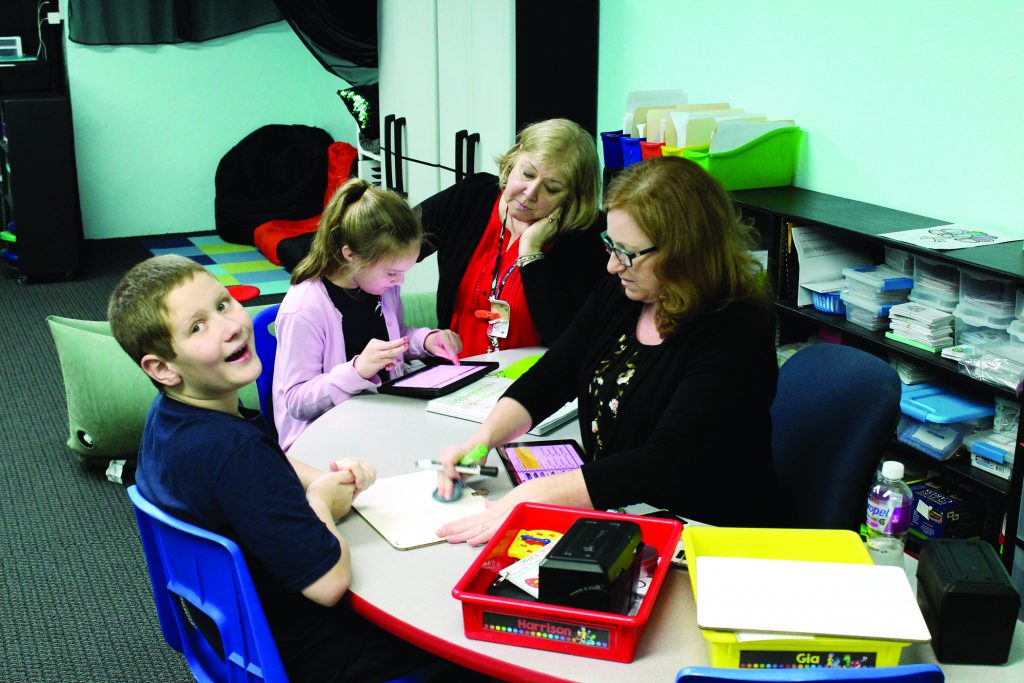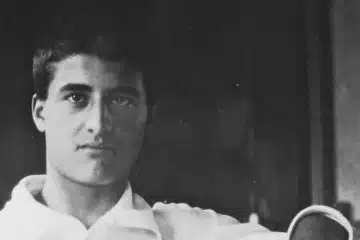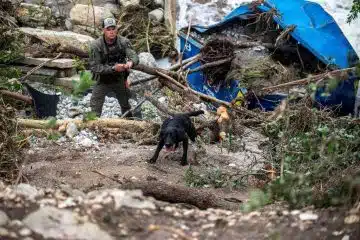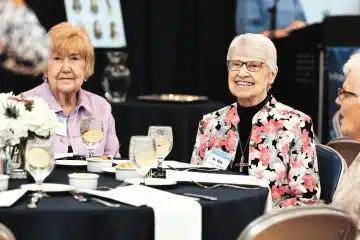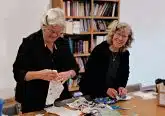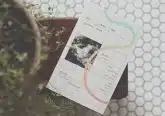Paving the Way for Children With Autism
Photo & story by Susie Bergman
Holy Rosary Catholic School in St. Mary’s is a special place. It’s not only, the only, Catholic school in Auglaize County, but it is also the only ABLE (Academic and Behavioral Learning Enrichment) environment between Lima and Dayton. Additionally it’s the only ABLE environment with full integration into standardized learning classrooms.
The ABLE program at Holy Rosary currently serves four students from all areas of the northern archdiocese, with one student traveling over an hour each way. “His parents love it here. They made a huge commitment to enroll him in the program, and he’s thriving in it,” said Principal Lora Krugh.
ABLE students get direct educational instruction from two staff-certified Board Certified Behavior Analysts (BCBA), as well as social skills instruction with emphasis on eye contact, conversation skills and turn-taking. The program began in 2013 when space below the Holy Rosary Church was rented out by an independent BCBA company that provided behavior analysis services through the Ohio Autism Scholarship.
In 2017, that company relocated to Nevada and left Krugh wondering what to do next. “You often think the Holy Spirit is going to speak to you with an ‘ah-ha’ moment. This was more of a work-in-progress,” she explained. “When they decided to relocate, I prayed about what to do next. Then it hit me. Why not hire the local providers and become an autism provider so that these children are in my school and they are my students? And now they are!”
It would be remiss not to mention the compassion, joy and excitement Krugh exudes for her school and her students. You can see it in her eyes as she speaks of the children enrolled in the ABLE program, as well as the students, teachers and staff who embrace them. Holding back tears, she shared numerous inspirational stories and encounters that have occurred since the implementation of the program. “I hold these students at a very high standard. We treat each other as Christ’s hands for one another.”
One of the stories included a boy named Seth, who graduated from the program in eighth grade and integrated into the public school system. Krugh kept in touch with the family and received a photo of Seth “cruising” to get ice cream with a friend. While this encounter between Seth and a peer my seem normal for most teenagers, one must understand the context. Children with autism often have impaired social interactions, lack of communication and learning regression.
Parents Nan and Bill Ruane understand the significance of Seth’s story. “Before Gia came to this school and started the program, we had never heard her voice,” said Nan. “About two weeks ago we heard her read. It blew us away. For almost 11 years we never heard our daughter speak. Suddenly, we heard her voice, and she’s reading! A whole new world has opened up to her.”
They continued on to explain that Gia was never socially interactive with anyone, including her siblings. Now she is excited to go to school and see her friends. And these students truly are her friends. They play at recess and sit together at lunch. Gia has a circle of friends just like any other 11-year-old child would.
The benefit goes both ways. In addition to lunch and recess, ABLE students are also integrated with eighth-graders for gym class. “I love seeing their excitement and hanging out with them” stated eighth grade student Brayden Hoehn, “Harrison (an ABLE student) is also my neighbor. So sometimes we ride bikes together, and one time I went cat-fishing with him. He knows me now, and we are friends both here at school and when we are outside of it.”
The impact of these relationships goes far beyond friendships. “I like to go over [to visit the ABLE students] when I am stressed. It calms me down to spend time with them and see them laugh,” explained eighth grader Lily Rammel. “I always knew I wanted to be a doctor, but being with them has made me want to be a pediatric doctor so I can work with autistic children and research ways to help them.”
Krugh hopes that sharing their story will encourage more families with autistic children to reach out and inquire about the program. “My goal is two-fold. I would love to welcome more children and grow our program, but I also want to see more communities embrace this model. Autistic children and their families need more resources, advocates, understanding and compassion. We are all called to be Christ’s hands.”
